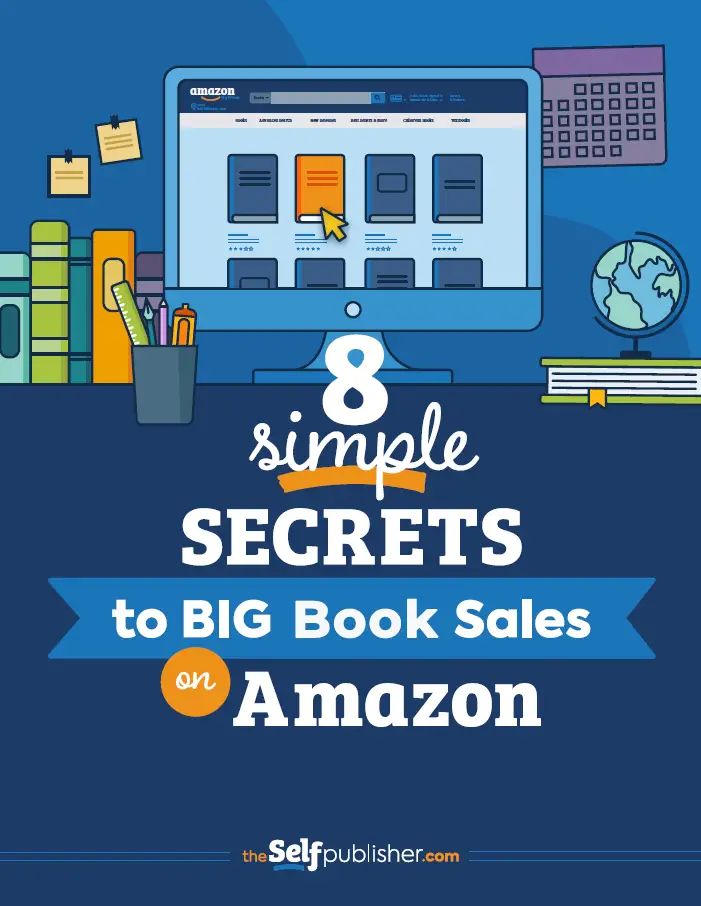Imagine you’re at a busy networking event: there’s a hum of conversation, and as you navigate through the various groups of people talking, you pick up words here and there. You hear one group discussing publishing, and since you have a book coming out this year, you’re particularly interested in this.
So you introduce yourself to the group and join in on the discussion.
That’s how Amazon keywords work.
Yes, that’s pretty simplified, and, yes, there’s more to it. But at its most basic level, good keywords are the road you pave to bring in new readers. But, wait, there’s more.
Because while this single keyword–publishing–may have drawn you to this group, it works a bit differently online. Consider the last search you did on Google. What did you type into the search bar to find the information you were looking for?
If you’re like 99.9% of consumers searching online, you probably typed in a phrase. For the purposes of our example, let’s say, publishing options for new authors. A lot of authors misunderstand the term “keyword”. They assume it means a single keyword when in fact it rarely, if ever, does. A number of years ago Google did a study and found that the more keywords a consumer types into a search bar, the closer they are to a buy.
That’s why when you type guided exercise bike into Google, ads for Peloton and Echelon bikes will start to show up in your search feed (and on Facebook). Google knows that when you type that many keywords, you’re probably going to get a piece of exercise equipment in the next month or so. So they’ll start to flood you with ads.
Amazon works the same way. The problem is that so often when authors load their books onto Amazon (or if the publisher does it on their behalf), their keyword choices are pretty basic: romance, mystery, self-help.
If you have singular keywords tied to your KDP portal, searchers using those broad keywords will see a sea of every romance novel or self-help book on Amazon. Both are very cluttered categories. Too cluttered to compete with such a general keyword.
Instead, you might consider finding keywords that matter to your reader. For example, if your romance is set in a small town, you might include that in your keywords. Romance readers love small town romance.
If your book is self-help, who is your core audience?
If your book is written to help readers overcome a fear, then ask yourself: “fear of what?” Get as specific as you can.
If you have a book that’s written for the small business market, is it for new business owners? Seasoned owners?
What problem are you solving?
Do you see where I’m headed with this?
Better, more robust keyword strings allow you to connect with more readers.
The first step in this process is to identify your ideal reader. And in this article, I’ll be going over everything you need to know about keywords on Amazon.
How to Identify Your Ideal Reader
My company has a free Reader Profile Brainstorm that will guide you through profiling your reader so you know, specifically, what motivates them and, more importantly, what will motivate them to buy your book.
But before you work through the reader profile, it’s a good time to ask yourself the following questions:
- Why should someone buy your book?
- What problem are you solving? (Even if you’re entertaining them, offering them entertainment/escape is solving a problem!)
- What themes/nuances/tropes might your reader be looking for when trying to find your book?
Pay special attention to that final bullet point because while you may not think your book has nuances, trust me when I say it does (or it should!).
Genre fiction books in particular have tropes or themes. Nonfiction absolutely has a theme or a clear focus.
This is where you start to get into the nitty-gritty of keyword strings because readers search by pain points (solving problems), nuances, themes, or tropes.
What Are The Benefits of Long-Tail Keywords
Back in 2008, Chris Anderson made the term “long tail” famous in his book The Long Tail. If you haven’t read it, I highly recommend it. Even thirteen years later it’s still very relevant.
In that book, Chris talked about better ways to find consumers–and the benefits of using long strings of keywords: the traffic you get from very focused searches is ready to buy.
So using longer strings is great for pulling in more focused traffic to your Amazon book page, but how long is too long?
Is there a limit to how many keywords you can have in a string?
Generally, I stop at between six and eight keywords, and you should have around ten to fifteen keyword strings at the ready for use when uploading your book to the Amazon portal (or via your publisher or publishing partner); you can use them in your book description on Amazon too.
What Are Broad Match Keywords
While keyword strings are great, and I highly recommend that you have as many as possible, sometimes you may find that you’ve run out of options and need more.
Or maybe you’d like to add more keywords to your Amazon book description (which also helps with search).
You can use what’s called broad match keywords too.
For example, if you have a book about setting up a home office, or working virtually, your broad match keywords might be working from home.
Which, as you can see, is slightly general but still covers your bases when trying to home in on your audience. So if you’re finding some great keyword strings and some more general terms as well, keep those too.
You won’t need to use as many of them, but they’re often great for your Amazon book page, and if you’re running Amazon ads, I like experimenting with broad match keywords.
Keywords matter.
If you have a book that’s on Amazon and lagging in sales, try adding some focused keywords to the backend and see if that doesn’t spark a lift in your sales rank.
I’ve had lots of authors tell me that even just changing up a few keywords and replacing them with keyword strings has made all the difference.
Good luck!
Penny C. Sansevieri, Founder and CEO of Author Marketing Experts, Inc. is a best-selling author and internationally recognized book-marketing and media-relations expert. Her next book From Book to Best Seller is due out in Spring 2021.


